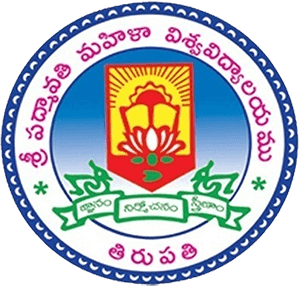

The authors must check their papers for plagiarism before submission. The review process includes a plagiarism check by the Editorial board. A Similarity Index of 15% to 20% (excluding references) is acceptable. Papers found to have a similarity of more than 20% will be rejected.
This journal is committed to upholding the integrity of the scientific record. Authors should refrain from misrepresenting research results which could damage the trust in the journal, the professionalism of scientific authorship, and ultimately the entire scientific endeavour. Maintaining integrity of the research and its presentation is helped by following the rules of good scientific practice, which include:
No data, text, or theories by others are presented as if they were the author’s own (‘plagiarism’). Proper acknowledgements to other works must be given. (this includes material that is closely copied (near verbatim), summarized and/or paraphrased), quotation marks (to indicate words taken from another source) are used for verbatim copying of material, and permissions secured for material that is copyrighted.
All submitted manuscripts are initially read for appropriateness by the Editor or handling editors. As peer review requires a substantial investment of time and effort, we send only those papers that are subject-appropriate and that seem most likely to meet our criteria for publication for formal review. Those papers judged by the editors to be of insufficient interest to the journal’s specific field, or otherwise inappropriate are rejected without external review. This initial decision also saves authors time by allowing them to pursue publication in a more suitable venue. Reviewed manuscripts are sent to at least two independent peer reviewers. This journal follows double anonymous peer review. Editors will consider the reviewers’ advice and recommendations when making a decision on the paper. Papers may be rejected after review, or the authors could be invited to revise their work and resubmit. Once all concerns and questions raised in the review and by the editors have been resolved and the paper meets all standards for publication in the journal, a paper can be accepted for publication.
During the double-blind reviewing procedure, the author will remain anonymous to the reviewers throughout the peer review. It is the responsibility of the author to anonymize the manuscript and any associated materials.
The copyright of the articles and other material published in the journal shall lie with the publisher. Permission Requests, Reprints and Photocopies: All rights are reserved. No portion of the contents may be reproduced, stored in a retrieval system or transmitted in any form or by any means, electronic, mechanical, photocopying, recording, or otherwise in any form without prior written permission of the publisher.
If the paper is accepted for publication, it has to go through at least two editing stages. It may also be noted that all the accepted papers are subject to the modifications/alterations required by the Editors at any stage of the editing.